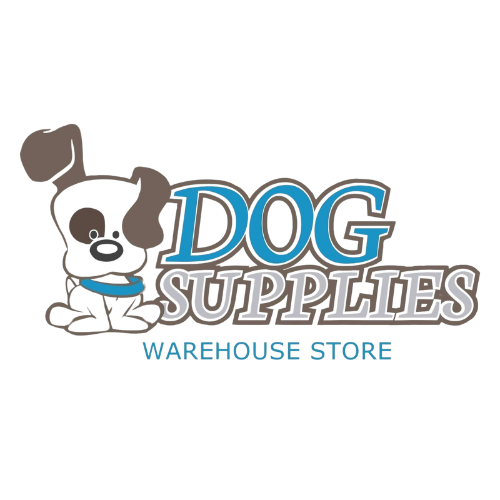Bringing new puppies into the world is an exciting yet nerve-wracking experience for any dog owner. Understanding the signs that your dog is about to give birth and knowing how to prepare can make the process smoother and ensure the health and safety of both the mother and her puppies. This article will guide you through the behavioral and physical signs of impending labor, how to prepare for the birth, and what immediate actions to take when labor begins.
Signs Your Dog is About to Give Birth
As the time for birth approaches, your dog will exhibit several behavioral changes. One of the most noticeable signs is nesting behavior. Your dog will start preparing a place to give birth by arranging bedding and seeking a secluded spot. This is her way of creating a comfortable and safe environment for her puppies. You might also notice restlessness and anxiety, such as pacing, panting, and either seeking constant attention or isolating herself. These behaviors indicate that your dog is getting ready for the big moment.

In addition to behavioral changes, there are physical signs that labor is imminent. A significant drop in body temperature, to around 98-99 degrees Fahrenheit, is a strong indicator that labor will start within 24 hours. You can monitor your dog’s temperature using a rectal thermometer. Another sign is a loss of appetite; as labor approaches, some dogs may refuse food. Visible physical changes include enlarged nipples, milk production, and a swollen vulva. These changes prepare the body for the birthing process and the subsequent care of the puppies.
As labor progresses, you will observe more specific labor symptoms. During the first stage of labor, your dog may experience contractions, shivering, and clear vaginal discharge. This stage can last anywhere from 6 to 12 hours. The second stage of labor involves more intense contractions and the beginning of the delivery process. Your dog will start pushing, and you may see the appearance of the first puppy. Knowing these signs helps you to be prepared and ready to assist if necessary.
Preparing for the Birth
Preparation is key to ensuring a smooth birthing process. Creating a whelping area is the first step. Choose a quiet, comfortable, and easily accessible space for your dog to give birth. The whelping area should be free from distractions and disturbances. Setting up a whelping box with clean bedding and sides to keep the puppies contained is essential. The box should be spacious enough for the mother to move around comfortably but cozy enough to provide a sense of security.

Gathering essential supplies is another crucial aspect of preparation. A whelping kit should include clean towels, disposable gloves, antiseptic solution, and a puppy scale. These items will help you assist with the birth and care for the puppies. Emergency supplies, such as a bulb syringe for clearing airways and a heating pad to keep the puppies warm, are also important. Having these supplies on hand ensures that you can handle any situation that arises during the birthing process.
Consulting with your veterinarian is vital before the birth. A pre-birth check-up will ensure that the mother dog is healthy and ready for labor. Your vet can provide valuable advice and answer any questions you may have. Make sure to have your veterinarian’s contact information readily available for any complications that may arise during labor. Knowing you can quickly reach out for professional help provides peace of mind and ensures that you can address any issues promptly.
Immediate Actions When Labor Begins
When labor begins, monitoring the process closely is essential. During the first stage of labor, observe the contractions and keep the dog calm. Your presence and reassurance can help alleviate any anxiety she may feel. As labor progresses to the second stage, you may need to assist with the birth. For instance, if the mother does not break the amniotic sac, you should gently do it for her to ensure the puppy can breathe. It’s important to know when and how to assist without causing stress to the mother dog.
Post-birth care is critical for the health of both the mother and her puppies. Clean the puppies gently and ensure they start nursing as soon as possible. Nursing helps stimulate milk production and provides the puppies with essential nutrients. Comforting the mother dog is equally important. Help her relax and bond with her puppies by providing a quiet and comfortable environment. This bonding time is crucial for the puppies’ development and the mother’s well-being.
Recognizing complications during labor is vital. Signs of trouble include prolonged labor, excessive bleeding, or puppies not breathing. Knowing when to seek veterinary help can save lives. If you notice any of these signs, contact your vet immediately. Quick intervention can prevent minor issues from becoming serious problems. Staying vigilant and informed ensures that you can provide the best possible care for the mother dog and her puppies.
In conclusion, understanding the signs of impending labor and knowing how to prepare for the birth are crucial for any dog owner. Creating a suitable whelping area, gathering necessary supplies, and consulting with your veterinarian are essential steps in preparing for the birth. Monitoring the process, providing immediate post-birth care, and recognizing complications ensure a smooth birthing process and the health of both the mother and her puppies. By staying informed and prepared, you can support your dog through this critical time and welcome a healthy litter of puppies into the world.

After 5 years in a high pace business management role, I partnered with an e-commerce developer to start building Dog Supplies Warehouse.
Our number one goal is to make sure all products are managed and delivered to our customers door fast and accurately.

